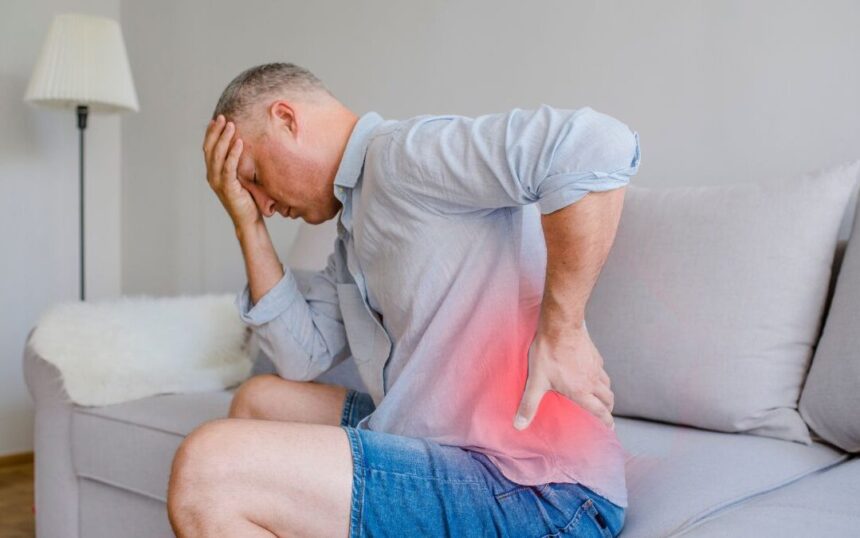Lower back pain is one of the most common health complaints, and it can stem from a variety of underlying issues. In many cases, the discomfort comes from muscle strain due to lifting, twisting, or prolonged sitting. Others may experience pain from spinal conditions like herniated discs, arthritis, or degenerative changes in the spine. Sometimes the pain develops gradually over time, while in other cases it appears suddenly after a specific movement or injury. Lower back pain can range from mild stiffness to severe, sharp pain that limits daily activity. Because the lower back supports much of the body’s weight, it is vulnerable to strain and injury. Recognizing the source of the problem can help determine whether the pain may resolve with rest and lifestyle changes or whether professional evaluation is needed.
Which Symptoms Suggest a More Serious Condition?
Although lower back pain is often temporary, certain symptoms may point to more serious concerns. For example, pain accompanied by numbness or tingling in the legs could indicate nerve involvement. Weakness in the lower extremities or difficulty controlling bladder or bowel function may signal a more urgent spinal problem. Persistent pain that does not improve with rest, heat, or over-the-counter remedies should also raise concern. Pain that disrupts sleep or interferes significantly with daily activities should not be ignored.
If back pain follows a fall, accident, or other trauma, medical evaluation is recommended immediately. When these warning signs appear, they suggest that the problem goes beyond simple muscle strain. Knowing when to consult a doctor for lower back pain can prevent minor issues from becoming long-term problems. In general, if pain lasts more than a couple of weeks without improvement, professional evaluation is a good step.
A doctor can assess whether imaging or further testing is necessary to identify the cause. Patients with recurring episodes of back pain may also benefit from medical guidance to manage flare-ups more effectively. Even if the discomfort seems manageable, ongoing pain can affect posture, mobility, and overall quality of life. A physician can recommend treatment options ranging from physical therapy to medication. In some cases, they may also refer patients to specialists for further care. Seeking help early provides reassurance and helps prevent worsening of the condition.
How Can Lower Back Pain Be Managed at Home?
For mild cases, back pain often improves with conservative care at home. Rest combined with gentle movement is usually more effective than complete inactivity. Applying heat or cold can reduce stiffness and inflammation, while over-the-counter pain relievers may ease discomfort. Stretching and strengthening exercises also play a role in supporting the spine and preventing future issues.
Paying attention to posture, especially during work or while using electronic devices, can help reduce strain. Weight management, regular physical activity, and ergonomic adjustments in the home or workplace all contribute to better spinal health. While these strategies are useful for minor pain, monitor symptoms closely. If self-care does not lead to steady improvement, professional treatment may be required.
Take the Next Step Toward Relief
Lower back pain can interfere with work, exercise, and everyday activities, but it does not have to become a constant burden. By learning to recognize the warning signs and understanding when to seek help, you can take charge of your health. Conservative strategies may provide relief in many cases, but medical guidance ensures that more serious conditions are not overlooked. A doctor can work with you to identify the cause of pain and create a treatment plan that fits your lifestyle. With the right approach, recovery is often possible without long-term complications. If back pain has been limiting your daily routine, now is the time to act. Seeking medical attention can provide answers, relief, and a path toward restoring your quality of life.





